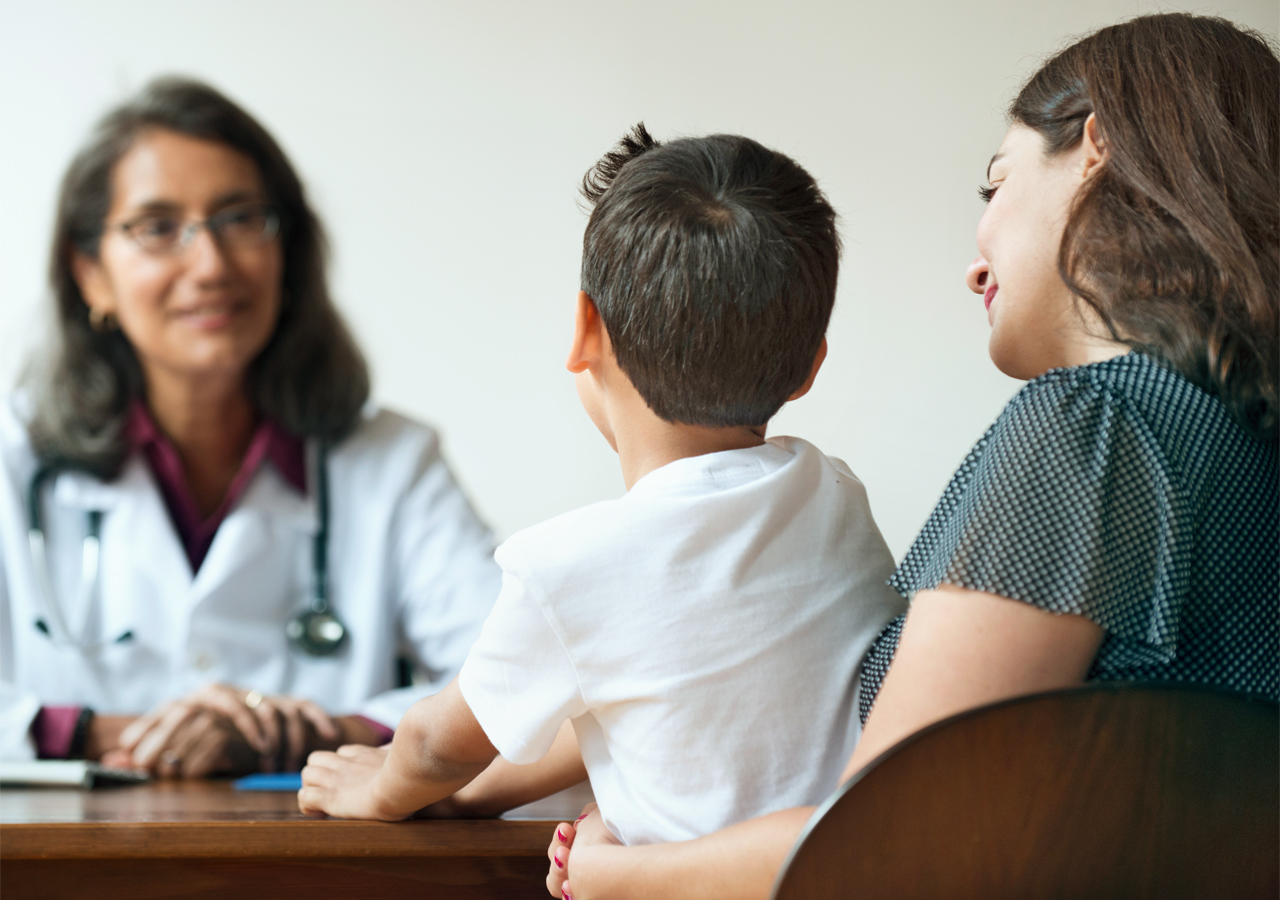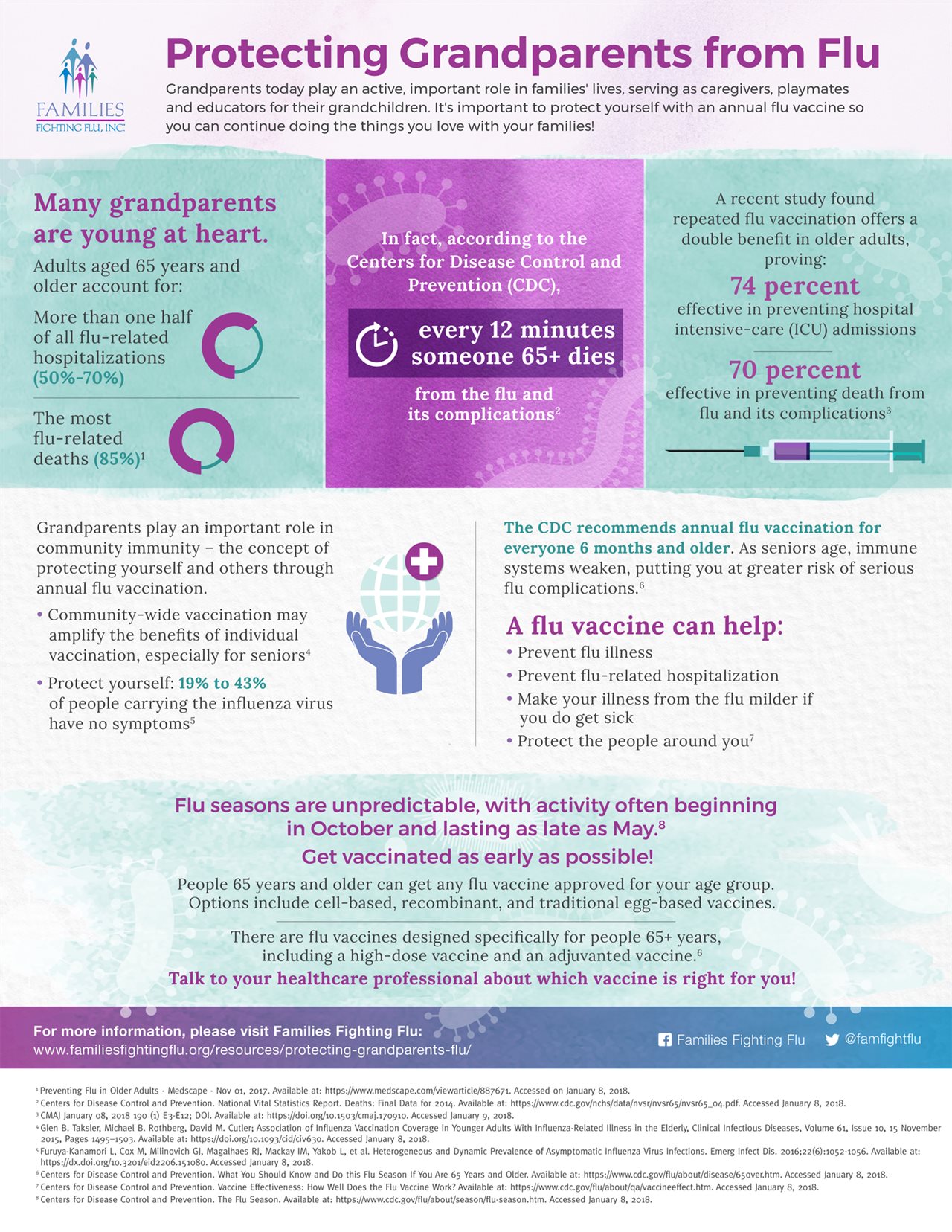2018-01-22T15:57:00
(BPT) – Your eczema (atopic dermatitis) may be a part of you, but it doesn’t have to define you. Living with eczema might take some effort, like changing your lifestyle and working with your physician to develop a treatment plan that’s right for you.
1. Avoid dry skin. Sometimes this is easier said than done, but dry skin is a common eczema symptom.1 Try to avoid cold, dry air and situations where you might overheat.2 Limiting bathing time to 5-10 minutes with warm, not hot, water may also help.3,4
2. Be mindful of your diet. For some people, eczema may flare when they’re exposed to different triggers.4 Certain foods, or a food allergy, could trigger a flare.1 If you suspect a certain food is affecting you, share your experiences with your doctor and talk about your treatment plan. One option to manage symptoms may include avoiding a certain food group.4
3. Recognize your triggers. Food, as discussed above, may be a trigger, but a change in the environment, certain soaps/detergents, sweat or stress may also trigger symptoms.2,4 Pay attention to when your eczema flare is most noticeable and record possible triggers. Jotting down a few quick “notes-to-self” in the moment could help identify triggers. The better you recognize what is causing your eczema to react the way it is, the easier it may be to avoid any situations that may cause a flare.
4. Make moisturizers a priority in your daily routine. If you have eczema, moisturizers can help keep your skin hydrated.3 There are so many kinds of moisturizers—who doesn’t love options!—including ointments, creams, lotions, gels, and oils.3 No matter which moisturizer your doctor recommends, following a routine and applying it soon after bathing will help keep your skin hydrated.3,4
5. Be mindful of your wardrobe. Clothing is often an important part of your identity, but when it comes to your eczema, the clothing you wear can make a difference. Wool or rough fabrics can be irritating on the skin and could trigger your eczema.4 Also try cutting the tags off your clothes and covering any irritating inner seams. These easy tricks can help reduce irritation without sacrificing your unique style.
6. Speak with your doctor about your options. One of the ways to treat eczema is to use a topical therapy. If you’re looking for a topical prescription therapy, take a moment to talk with your doctor about your options. EUCRISA® (crisaborole) ointment, 2% is a steroid-free ointment for people with mild-to-moderate eczema (atopic dermatitis) and can be used on all skin tones from face to feet, for adults and kids as young as 2 years old.5 It can be applied to the skin, including the face. Do not use in the eyes, mouth or vagina.5 EUCRISA is a topical treatment that works both above and below the skin to treat eczema.6 The specific way EUCRISA works is not well defined.5 For more information about EUCRISA, visit www.EUCRISA.com.
The strategies above, along with the treatment regimen that you and your doctor decide upon, may help give you a better understanding of your eczema. If you have additional questions, be sure to speak with your doctor.
IMPORTANT SAFETY INFORMATION & INDICATION
Do not use EUCRISA if you are allergic to crisaborole or any of the ingredients in EUCRISA.
EUCRISA may cause side effects including allergic reactions at or near the application site. These can be serious and may include hives, itching, swelling, and redness. If you have any of these symptoms, stop using EUCRISA and get medical help right away.
The most common side effect of EUCRISA is application site pain, such as burning or stinging.
EUCRISA is for use on skin (topical use) only. Do not use EUCRISA in your eyes, mouth, or vagina.
INDICATION
EUCRISA is a prescription ointment used on the skin (topical) to treat mild-to-moderate eczema (atopic dermatitis) in adults and children 2 years of age and older.
See Full Prescribing Information at EUCRISA.com.
For more information, call 1-866-EUCRISA (1-866-382-7472).
This article is sponsored by Pfizer Inc.
1 Akdis CA, Akdis M, Bieber T, et al. Diagnosis and treatment of atopic dermatitis in children: European Academy of Allergology and Clinical Immunology/American Academy of Allergy, Asthma and Immunology/PRACTALL Consensus Report. J Allerg Clin Immunol. 2006;118:152-169.
2 Oszukowska M, Michalak I, Gutfreund K, et al. Role of primary and secondary prevention in atopic dermatitis. Postep Derm Alergol. 2015;32(6):409-420.
3 Eichenfield LF, Tom WL, Chamlin SL, et al. Guidelines of care for the management of atopic dermatitis. Section 2. Management and treatment of atopic dermatitis with topical therapies. J Am Acad Dermatol. 2014;71(1):116-132.
4 Bieber T. Atopic dermatitis. Dermatol. 2012;1(3):203-217.
5 EUCRISA® (crisaborole). Full Prescribing Information. December 2016.
6 Jarnagin K, Chanda S, Coronado D, et al. Crisaborole topical ointment, 2%: a nonsteroidal, topical, anti-inflammatory phosphodiesterase 4 inhibitor in clinical development for the treatment of atopic dermatitis. J Drugs Dermatol. 2016;15(4):390-396.



















